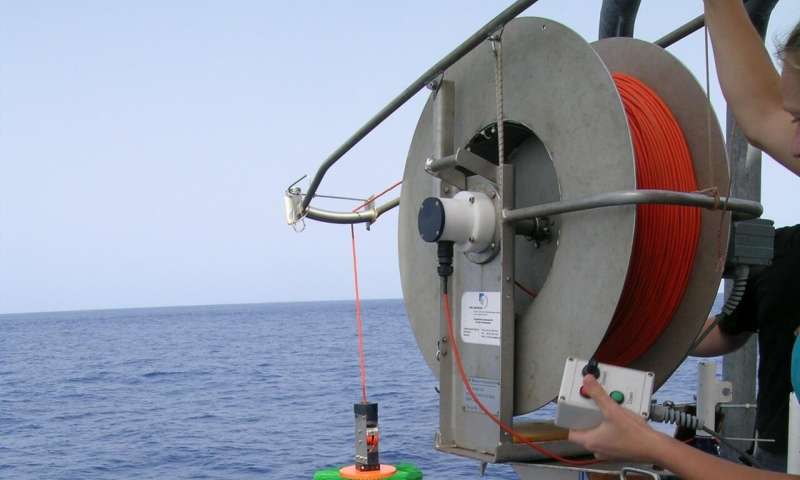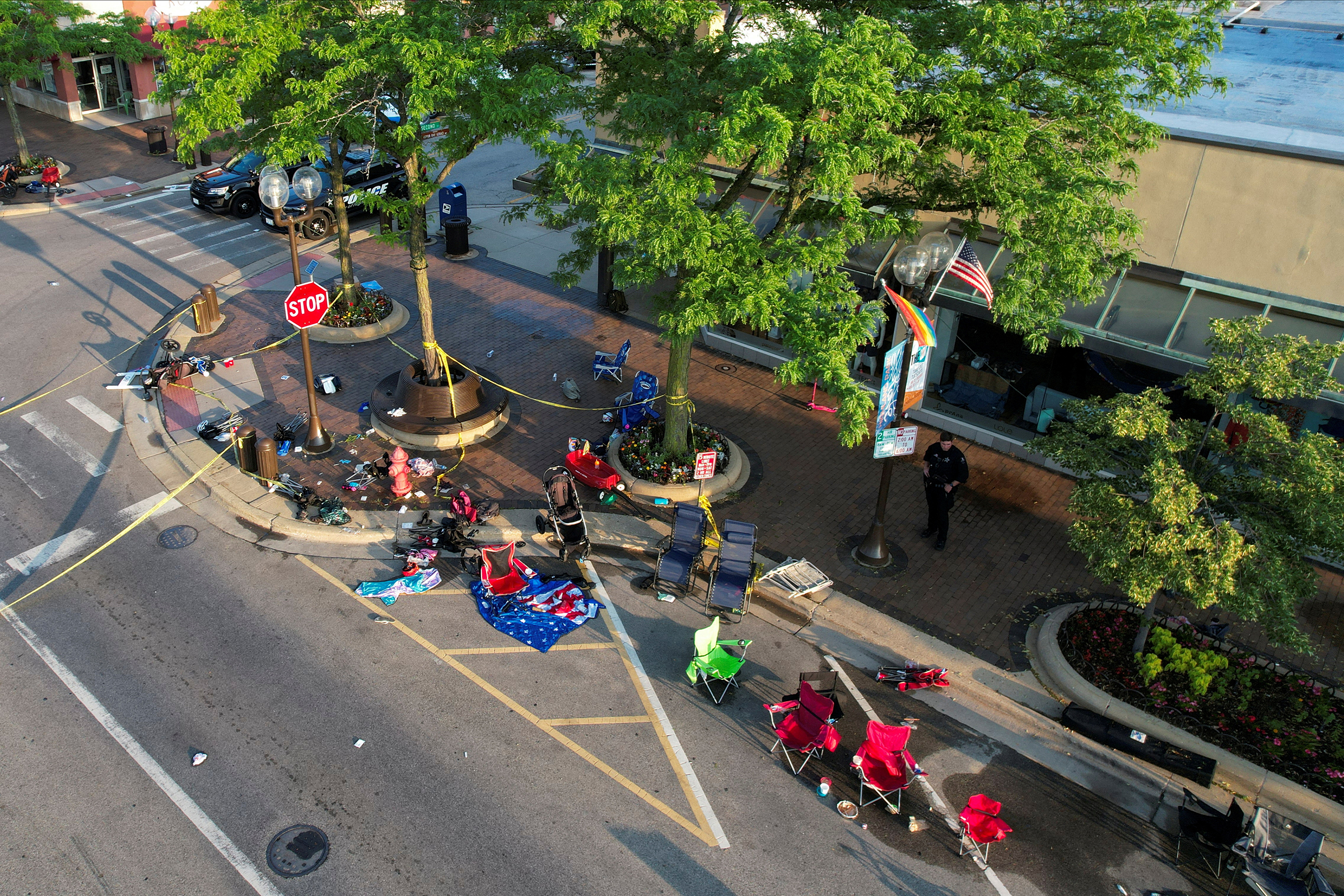lonk.indah.link
The Pittsburgh Riverhounds SC will look to steer things back in a positive direction on Saturday night, when they return home for a rematch with Philadelphia Union II.
The Hounds are returning to a bit of a normal work schedule this week. But then again, what is normal in 2020?
They did play a stretch of three games in eight days, that included a home match against the team (Indy Eleven) in the USL Championship with the most points to this point of the 2020 campaign, sandwiched between two road matches in Philadelphia and New York.
The Hounds are a quarter of the way through the 16-game schedule that will stretch to the first weekend in October. This abbreviated slate puts pressure on clubs to produce results. Having lost the last two matches, Pittsburgh is suddenly in the middle of a dogfight in its group.
The good news that came at mid-week, was the club that’s now at the top of the table, Hartford Athletic, finally lost, getting handed a 4-1 defeat at Indy, where Tyler Pasher scored yet again.
The Athletic (who I predicted would finish second to the Hounds in the group), have taken care of business against the three MLS 2 side in the Group, but struggled when they took on the formidable Indy Eleven. The Hounds will not face Hartford until August 28, then will see them two more times in September.
In his get together with the media on Wednesday, Bob Lilley said that his club is showing positive signs despite the losses, but they need to execute better.
Bob Lilley Press Conference Transcript: Week 4 vs. Philadelphia
While it’s a bit of a mad dash of a season, there’s still 12 games left, the Hounds have plenty of time to get things right.
Forbes’ assist total stands out on the stat sheets
Once we get to a quarter of the way through the season, I usually start to look at statistical trends to learn a bit more about the Hounds, and each club.
Assists
Lets start with the statistic that stands out the most for the Riverhounds thus far this season: Kenardo Forbes’ league leading five assists.
Forbes added another assist to his resume with the free kick that led to the Hounds lone goal on Sunday, a header from Skyler Thomas.
In just a little more than two seasons played in Pittsburgh, the Hounds’ captain has produced 22 assists for the club, tying him with Justin Evans and Gary DePalma for 4th all-time in club history. Forbes also has 36 assists total in his entire USL Championship career. He is now 2nd all-time in assists, only one assist behind the current leader Maikel Chang.
With Forbes setting the tempo working through the central midfield, the Hounds have been showing patience in build-up to numerous goals this season. Even they press opponents into making mistakes, and often look forward in getting into transition quickly, the Hounds have been most successful when making the extra pass.
In fact, there have been times when Pittsburgh has knocked it around the box nicely, but then after seeing nothing, they play the ball back to Forbes, who cleverly finds the passing lanes when they open up, picking apart opposing back lines.
Forbes is making a definitive case for league MVP when you look at his ability to play from box-to-box. His nine tackles are third on the club, as we saw him make another impressive defensive play on Sunday against the Red Bulls II. If he can pick-up some timely goals at different times in the next 12 games, he should be on the short list of MVP candidates.
Both Ropapa Mensah and Danny Griffin each have pair of helpers in each of the first two matches.
If the Hounds are going to be successful and stay on this trend through the season, they’ll have to continue to keep working the ball to break down its opponents in the final third.
Goals / Shots
As a goal scoring outfit, the Hounds stack up pretty well in the entire league, as they are third in the USL Championship, with 10. Only Indy Eleven (13) and Phoenix Rising have scored more goals.
More than half of those goals for Pittsburgh came in the 6-0 rout at Philly.
As Bob Lilley likes to see — scoring has been balanced among the roster with Anthony Velarde and Steevan Dos Santos each scoring twice, while Dover, Mertz, Forbes, Mensah, Lukas Fernandes and Thomas have each scored once.
The Hounds are lower in the league in total shots (21st overall with 38), and much like they were a year ago, are near the top in conversion rate (3rd overall at 29%).
Passing
Despite Forbes’ ability to create chances and his own personal passing accuracy, following trends of past Lilley coached teams, the Hounds are among the league’s lowest in passing efficiency.
Pittsburgh is 30th overall in passing accuracy (73%). By comparison, the league’s leaders are The Miami FC, who’ve yet to win a match, with 84%.
The Hounds are 13th in passes (1,696), as Indy Eleven lead the way (with two games at hand) with 2,834 total passes.
Minutes Played
As I pointed out in my postgame Takeaways/Player Grades from the Hounds 2-1 loss at NY Red Bulls on Sunday, they have a core group of players who have pretty much played in either all or the bulk of the Hounds’ 360 minutes of action thus far.
This core group includes: Robbie Mertz (351 minutes), Kenardo Forbes (360), Jordan Dover (342), Ryan James (360), Thomas Vancaeyezeele (360) and Skylar Thomas (360).
Ropapa Mensah (305) has carried the bulk of minutes among the forward rotation, starting in each of the four matches, getting subbed off in the first two, but playing full matches in back-to-back matches last Wednesday and on Sunday.
Steevan Dos Santos, who’s been working his way back into shape after dealing with a groin injury, has only logged a total of 78 minutes, but has made appearances in all four matches and scored those two quick goals against Philly.
Defending
Pittsburgh has allowed four goals in four matches. Two of those came in the 96th minute of the past two matches.
What’s the answer here?
Make sure games don’t have a lot of extra stoppage time!
Kidding aside, the Hounds have defended fairly well as a unit, considering that the back line has been a bit of a makeshift unit. They had to replace Joe Greenspan and Tobi Adewole.
Thomas (6 fouls conceded-6 tackles-10 clearances) and Vancaeyezeele (4 fouls conceded/8 tackles/10 clearances) have been solid and steady, and they know what they’re going to get from the outside backs, James and Dover.
Tomas Gomez started the first three games in goal, with Danny Vitiello getting the nod on Sunday. This is right in line with Lilley’s
Discipline
Uncharacteristic for a Bob Lilley coached team, the Hounds are among leaders in yellow cards (10) and fouls conceded (5th overall with 63).
Robbie Mertz is the only Hound with more than one yellow card, as the Upper St. Clair native has been booked twice this season.
One interesting note is that Indy Eleven, who came to Pittsburgh and played a very, very physical match, lead the league with 77 total fouls conceded in six matches. The Hounds were called for 22 fouls in that match vs Indy, while the Eleven lived up to their names — with 11 fouls.
We’ll have to make a note of that for when the next time these two teams meet at Indy in mid-August.
Overall, it’s much of what we might expect from the Hounds. It’s not always going to be pretty, but they’re going to be striving to work as a collective unit. They’re a bit reliant on veterans to shoulder the load, particularly Forbes to keep things together in the middle and most of the back line. They’re defending well, but not putting enough pressure on opposing goalkeepers.
Union II Showed Improvement in loss to Hartford
The Union II showed considerable improvement in its last match, a 3-2 loss at Hartford on Monday.
After falling 6-0 and 5-1 in their first two games back in Chester, the Union II took their first lead of 2020 (they played Loudoun United to a scoreless draw in early March), Yomi Scintu and Axel Picazo scored inside the first 20 minutes. Scintu took advantage of a mistake on the Hartford back line, then scored Picazo, who created a few chances in the match against Pittsburgh, was the beneficiary of a charging run from Danny Flores who beat his man to the end line and cut the ball back to Picazo for an easy flick.
However, the Union II lead dissipated when Hartford turned up the pressure.
Former Alderdice High School and Riverhounds Academy standout Ben Martino continued to get valuable playing time in goal. The 18-year old from Pittsburgh Martino was forced into making four saves and three punches while limiting their opponents to one shot on goal after going down 2-0.
After starting the first three games back, The Brotherly Game’s Matt Ralph has been informed by the Union coaching staff that Martino will not be in the starting lineup upon his return to Pittsburgh.
Players Unavailable for Selection (previously Injury Report): Mark Lindstrom
In the preseason, Lindstrom, a rookie defender, went down with a leg injury, and worked his way back to training the past few weeks with the team. But Lilley admitted on Wednesday he had a set back.
“I feel thankful that we’ve been relatively healthy over the first four games. Lindstrom had a step backwards in training yesterday. Didn’t train today.
Walls, Bunk-Andersen and Dikwa, still not with the team
In addition, we learned this week that Tony Walls, a veteran player who was signed in the off season, is currently not with the team to attend to personal matters.
“Tony is dealing with personal stuff. He’s back in Milwaukee,” Hounds Head Coach Bob Lilley said. “We’ve given him some time to deal with some personal things. That’s his priority right now.”
In addition, there’s the continuing lingering saga of Patrick Bunk-Andersen and Albert Dikwa, who remain overseas.
“Those players overseas, we’ve been working on it for four weeks. (Operations head) Jon Rotz, the league, immigration attorneys have gotten involved. The paperwork’s been filed. It would be nice (to have them),” Lilley added on Wednesday.
1v1 with Skylar Thomas
Matt Gajtka had a chance to catch up with the Hounds’ steady defender on Thursday.
Here’s the interview on Pittsburgh Sports Live:
Video: 1-v-1 With Riverhounds SC Defender Skylar Thomas
Coverage for Hounds-Union II
Both Matt and I will be at Highmark Stadium on Saturday.
Look for updates on our Live Blog, postgame interview on our Facebook page along with a postgame recap show on Pittsburgh Sports Live.
John Krysinsky has covered soccer and other sports for many years for various publications and media outlets. He is also author of 'Miracle on the Mon' -- a book about the Pittsburgh Riverhounds SC, which chronicles the club, particularly the early years of Highmark Stadium and a remarkable match that helped provide a spark for the franchise. John has covered sports for Pittsburgh Tribune-Review, DK Pittsburgh Sports, Pittsburgh Sports Report, has served as color commentator on Pittsburgh Riverhounds SC broadcasts, and worked with OPTA Stats and broadcast teams for US Open Cup and International Champions Cup matches held in the US. Krysinsky also served as the Head Men’s Soccer Coach at his alma mater, Point Park University, where he led the Pioneers to the first-ever winning seasons and playoff berths (1996-98); head coach of North Catholic boys (2007-08), associate head coach of Shady Side Academy boys (2009-2014).
Let's block ads! (Why?)
"time" - Google News
July 31, 2020 at 07:55PM
https://ift.tt/2P9iGxi
Riverhounds SC Notebook: Forbes approaching all-time USL assist mark - Pittsburgh Soccer Now
"time" - Google News
https://ift.tt/3f5iuuC



/cloudfront-us-east-1.images.arcpublishing.com/gray/KUHABKL7TRGX5OJOXJ4IOICPUA.jpg)













